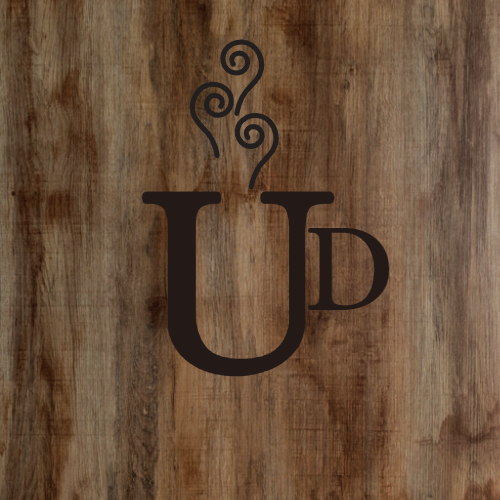Sometimes terrible things happen when you’re barreling through a piano piece. You hit a sudden snag, you’re fingers trip, your hand shifts, your brain scrambles and all of a sudden, you’re literally playing every note on the keyboard except the one you were looking for, and that’s that. That happens now and then in everyone’s… Continue reading How to Survive a Creative Dry Spell
Month: July 2022
How to Write an Excellent Book Review
One of the most prized things in the indie author community is a good review. We’re always hoping for one. Checking our Goodreads and Amazon pages periodically wondering if somebody found our book. We’re always asking for reviews from anyone who picks up our books. From the amount of authors out there begging their readership… Continue reading How to Write an Excellent Book Review
Why It’s So Hard to Find Your Mission as a Christian Creative
“Gospel-focused,” “Faith-centered,” “Based on sound doctrine.” That’s what some people are looking for in Christian media. Others are just looking for “clean,” “family-friendly,” or “positive” content. There’s a lot out there advising Christian creatives on what they should and shouldn’t create. A lot of people out there think they know what the mission of the… Continue reading Why It’s So Hard to Find Your Mission as a Christian Creative
Why Beautiful Prose Still Matters
I don’t read much fanfiction. I get a little nauseous slogging through what’s out there. There is just so much, and so much of it is just…wow. What the fanfiction universe has to offer is a very interesting cross-section of amateur writing. There are a lot of levels of seriousness and dedication. You can tell… Continue reading Why Beautiful Prose Still Matters
